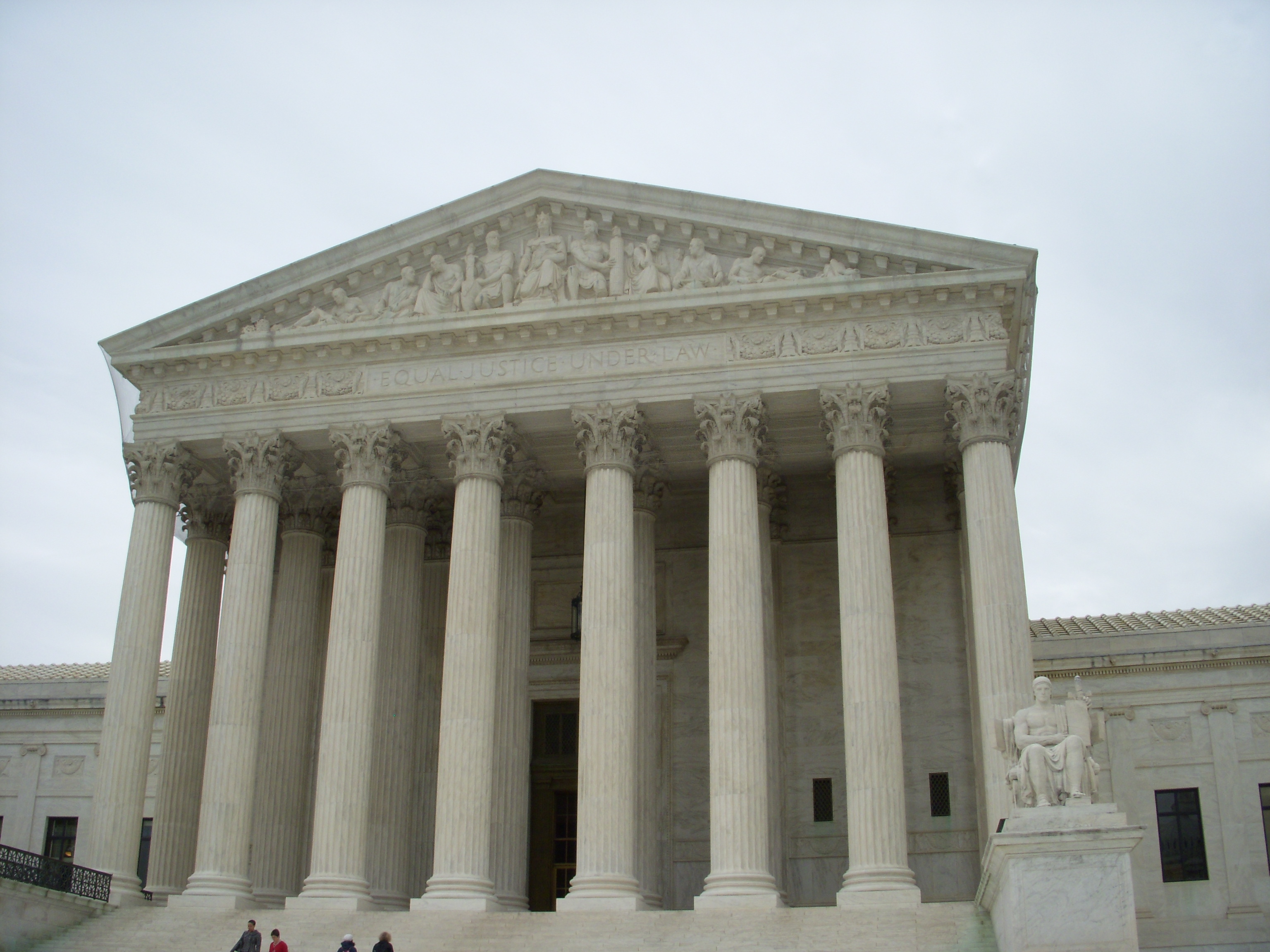Search
We interrupt this mediation discussion for a NEW Supreme Court employment discrimination decision!

Public Domain, Link
I know I said that I would post a mediation video today. But, give me a rain check on that, and I think that I can do you one better. If you would be interested in an upcoming Zoom with me and a member of the EEOC Mediation Unit, give me a “hell yeah!”
But, for now, I’ve got to talk about yesterday’s Supreme Court decision in Our Lady of Guadalupe School v. Morrissey-Berru.
The “ministerial exception.”
In 2012, the Supreme Court decided Hosanna-Tabor Evangelical Lutheran Church and School v. EEOC (available here). In Hosanna-Tabor, an elementary school teacher brought an employment discrimination claim against her religious employer. But, the Supreme Court unanimously tossed the claim based on a narrow “ministerial exception” grounded in the First Amendment. That is, courts may not apply the anti-discrimination mandate in Title VII of the Civil Rights Act of 1964 to claims that individuals holding certain important positions assert against churches and other religious institutions that employ them.
In other words, a religious organization may discriminate on any basis against any employee who leads a religious organization, conducts worship services or important religious ceremonies or rituals, or serves as a messenger or teacher of its faith.
Yesterday, the Supreme Court revisited the “ministerial exception” in Our Lady of Guadalupe School v. Morrissey-Berru (available here). The plaintiffs in Our Lady of Guadalupe were two elementary school teachers at Roman Catholic schools that had very similar teaching responsibilities to the plaintiff in Hosanna-Tabor. However, the Ninth Circuit Court of Appeals, from which this case arrived at the Supreme Court, determined that the ministerial exception did not apply to the plaintiffs’ claims because, well, for starters, they weren’t “ministers.” Also, among other things, the plaintiffs had less formal religious training than the teacher in Hosanna-Tabor.
But, the Supreme Court explained that the “ministerial exception” is not a rigid formula. Instead, a court should apply the “ministerial exception” based on what the employee does for the organization. The “ministerial exception” applied in Our Lady of Guadalupe because the plaintiffs performed vital religious duties, inculcating its teachings, and training students in the Catholic faith. While the plaintiffs’ titles did not include the term “minister,” their core responsibilities were mainly the same, and the schools saw them as playing a vital role in carrying out the church’s mission.
Takeaways.
Ultimately, there are three key takeaways from these “ministerial exception” cases.
First, the ministerial exception does not extend to non-religious organizations. If you work for Secular City, LLC, I’m sorry that you hung in with this post for so long. Here’s a cookie. 🍪
Second, both Hosanna-Tabor and Our Lady of Guadalupe caution courts not to second-guess a religious organization’s view on which employees play a vital role in carrying out the organization’s sacred mission.
Third, the “ministerial exception” has limits, namely, for employees of religious organizations that do not espouse their religious beliefs (e.g., a custodian, administrative assistant, etc.).
And I can’t believe that I used the words “espouse” and “inculcate” in the same post.
 The Employer Handbook Blog
The Employer Handbook Blog


